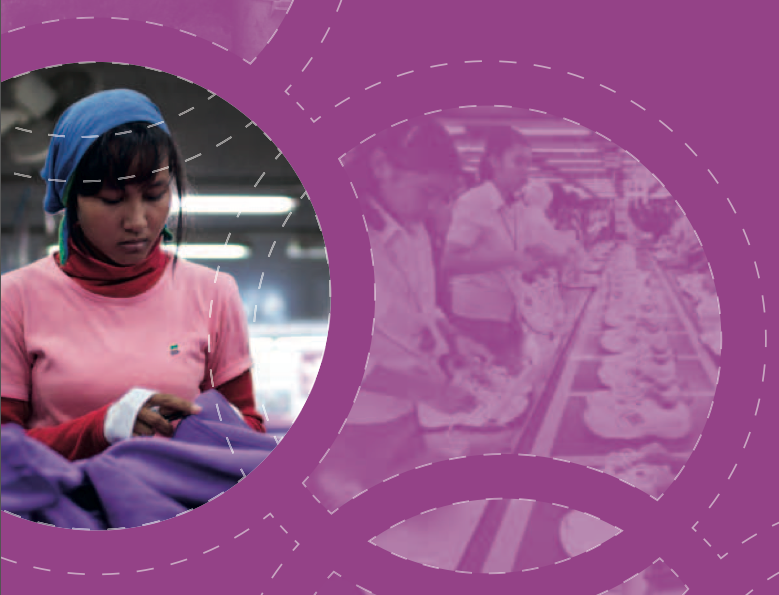18 July, 2012Recent debate in the US about Team USA’s Olympic uniforms being produced in China has sparked controversy on the trend of clothing multinationals resorting to cheaper production in developing countries. This trend is not new and continues to impact workers in low wage countries, Play Fair demands that multinational companies do more.
US politicians criticized the US Olympic Committee (USOC) for allowing Team USA’s uniforms, supplied by Ralph Lauren, be made in China.
In a recent opinion piece for CNN, IndustriALL Global Union general secretary, Jyrki Raina said that, “Everyone wants to be proud of the Olympic athletes representing their country and not squirm in their seats when thinking of how the clothing the teams are wearing was produced. It is not right that workers in Indonesian footwear factories produce dozens of trainers each day, yet it would cost their entire monthly wage of US$102 if they were to buy a single pair.”
At it is cheaper to manufacture in countries that do not respect international labour standards or pay a living wage textiles and apparel are often sourced from low wage countries like China, India and Vietnam. Play Fair; the worldwide alliance of trade unions and NGO’s; recently produced a report on the poor working conditions in Olympic supplier plants in China, the Philippines and Sri Lanka.
“Developing countries need jobs for their growing populations, but they have to be good jobs, without exploitation by companies from the industrialized world,” said Jyrki Raina.
“Play Fair demands that multinational companies do more than pay lip service to human rights: they need to pay prices that enable suppliers to pay a living wage, they need to make sure that factories have the capacity to meet deadlines without requiring exploitatively long working hours, and they need to go beyond audits and engage workers and their unions in efforts to truly understand what conditions in supplier factories are like,” said Jyrki Raina


